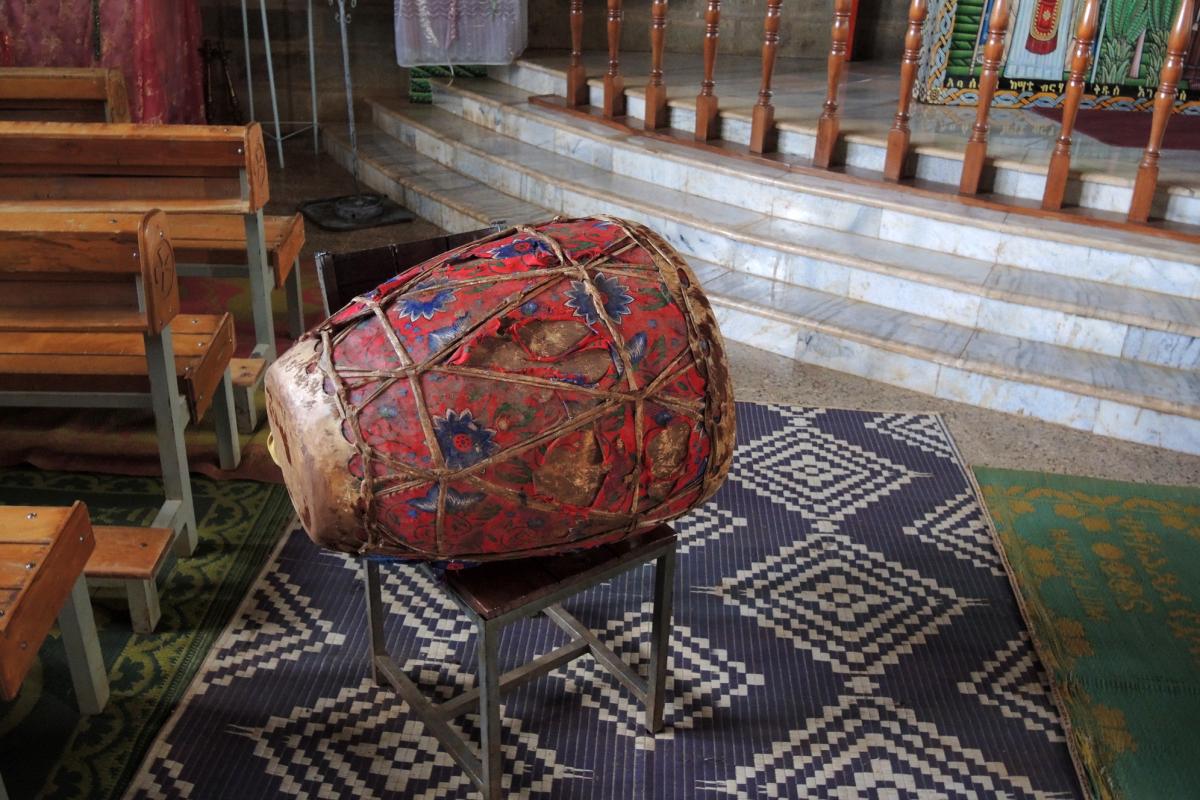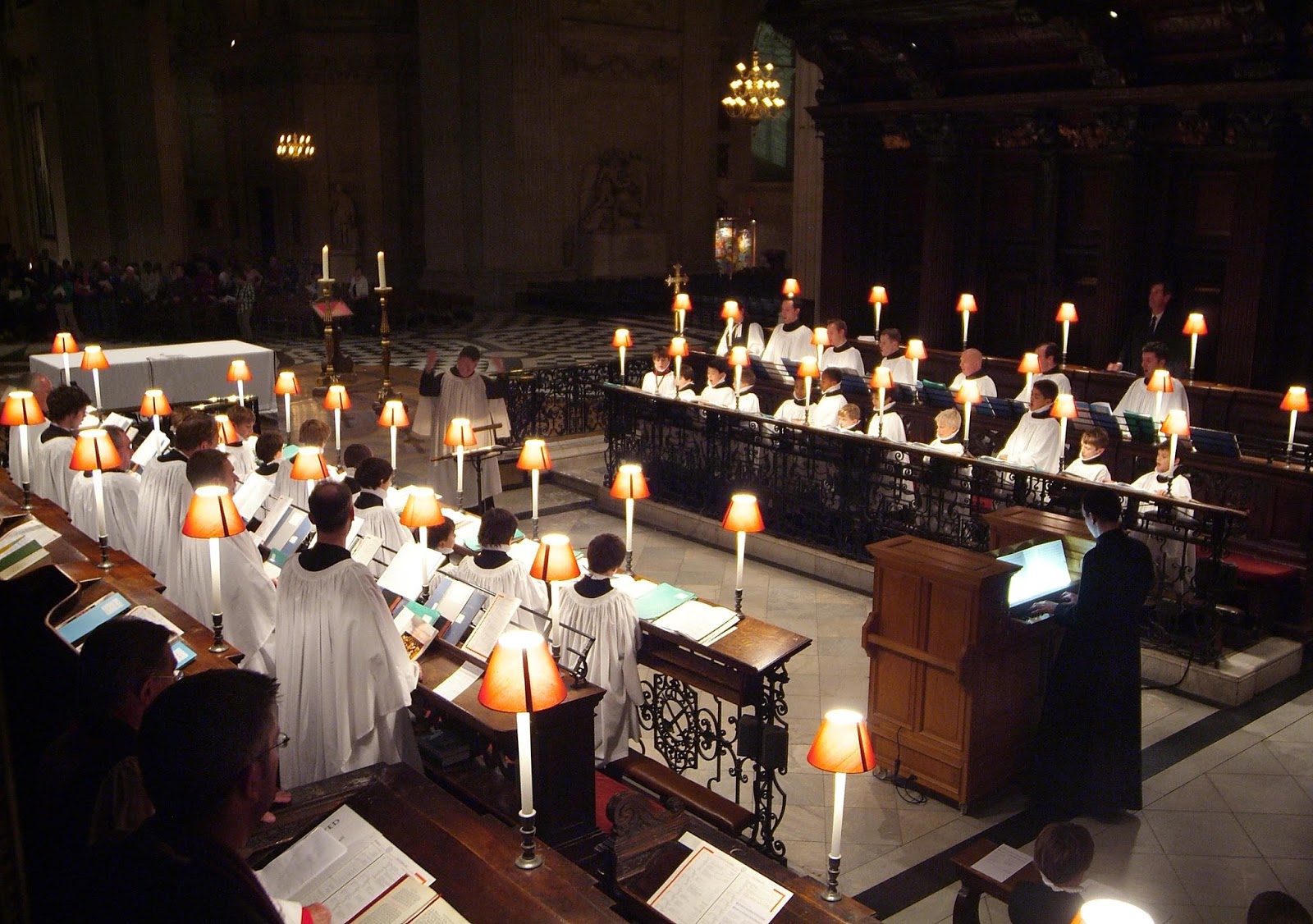

This tradition originates from ruthless cardinals looting the papal chambers upon the death of past popes. This was originally done to prevent the creation of forged, backdated documents, which would appear to have been approved by the late pope.Īfter the ring's destruction, Cardinal Martínez Somalo cordoned off and placed wax seals on the entrances to the Pope's private bedroom and study. When John Paul II died, the Camerlengo Eduardo Martínez Somalo removed the Pope's Ring of the Fisherman from his finger, then ceremonially crushed it with the ceremonial silver hammer in the presence of members of the College of Cardinals. Also for the first time ever, the head of the Ethiopian Orthodox Tewahedo Church, Patriarch Abune Paulos, attended a papal funeral.Ĭenturies of sacred rituals are set in motion upon the death of a Pope, and these are administered by the Cardinal Camerlengo. The Archbishop of Canterbury (then Rowan Williams) was also present at the papal funeral, the first time since the Church of England broke with the Catholic Church in the 16th century.
Divine office prayer full#
In a historical rarity, Protestant and Eastern Orthodox leaders, as well as representatives and heads from Judaism, Islam, Druze and Buddhism, offered their own memorials and prayers as a way of sympathising with the grief of Catholics.Īt the funeral itself, Ecumenical Patriarch Bartholomew I of the Eastern Orthodox Church was in the honorary first seat in the sector reserved for delegations from churches not in full communion with the See of Rome this was the first time an Ecumenical Patriarch attended a papal funeral since the East–West Schism.


Ĭoinciding with the funeral in Vatican City, bishops at cathedrals throughout the world celebrated memorial masses. It is likely to have been one of the largest single gatherings of Christianity in history, with numbers estimated in excess of four million mourners gathering in Rome alone. Four kings, five queens, at least seventy presidents and prime ministers, and more than fourteen leaders of other religions attended, alongside the faithful.

Pope John Paul's funeral brought together what was, at the time, the single largest gathering in history of heads of state outside the United Nations, surpassing the 1965 funeral of Winston Churchill and the state funeral of Josip Broz Tito in Belgrade in 1980, only to be surpassed by the 2012 Summer Olympics opening ceremony and the funeral of former South Africa leader Nelson Mandela in December 2013. The revisions enacted through the apostolic constitution Universi Dominici gregis applied to his own funeral. On 22 February 1996, Pope John Paul II introduced revisions to the centuries-old ceremonies surrounding papal death, repose and burial. The funeral was followed by the novemdiales devotional in which the Catholic Church observes nine days of mourning. The funeral of Pope John Paul II was held on 8 April 2005, six days after his death on 2 April. The College of Cardinals (led by then-Cardinal Joseph Ratzinger), various dignitaries worldwide, worldwide Catholics The body of Pope John Paul II lying in state


 0 kommentar(er)
0 kommentar(er)
